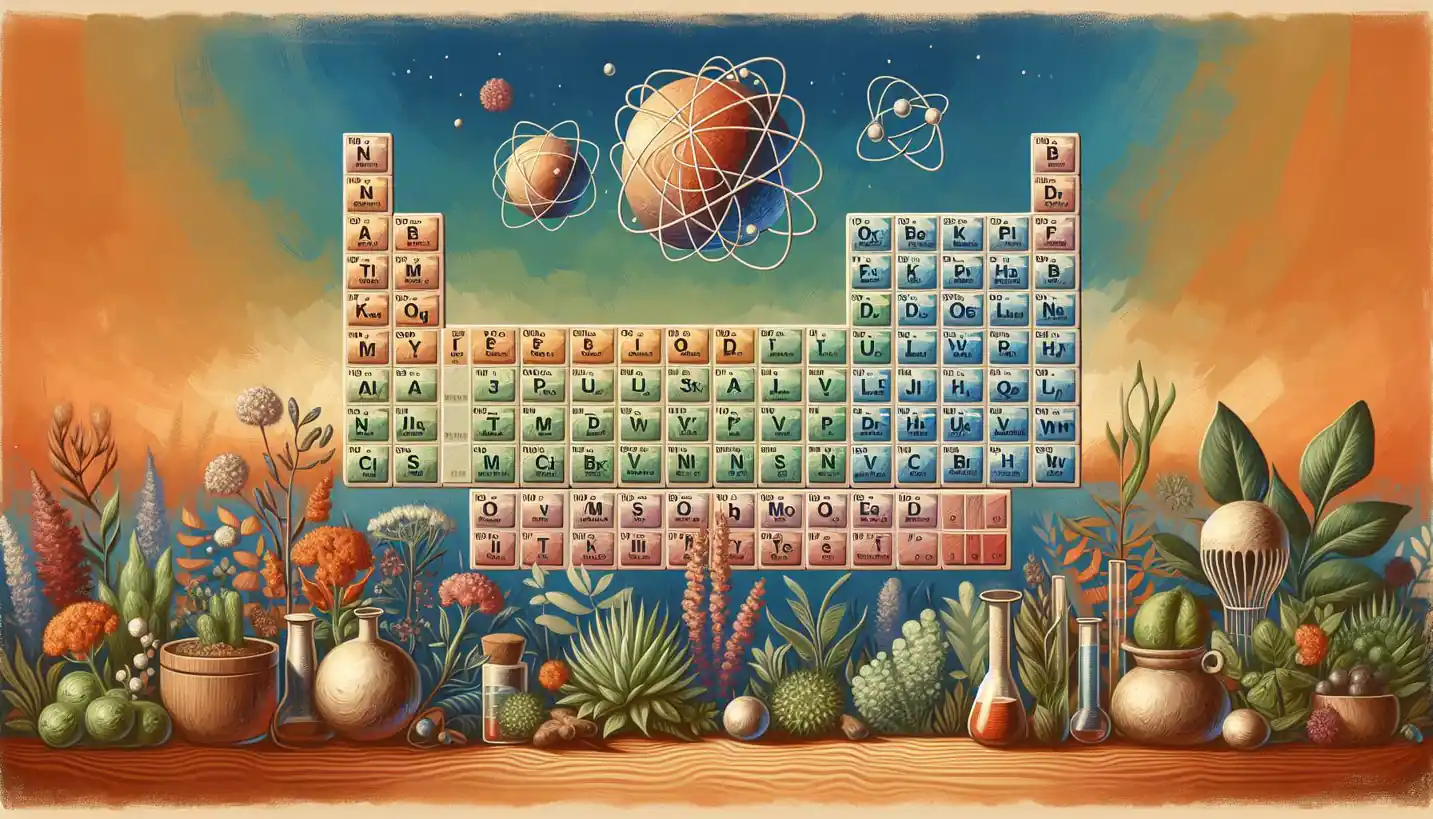· Biology · 4 min read
Radiolysis: Unveiling the Potential for Life in Space
Radiolysis has potential to support life in space by breaking down molecules. Discover how cosmic radiation might help life thrive beyond Earth.

Wandering through the mysteries of space, scientists have stumbled upon a fascinating process known as radiolysis. This phenomenon, which could hold the key to discovering extraterrestrial life, has become a hot topic in astrobiology and biology.
What Is Radiolysis?
Radiolysis is a process where radiation breaks down molecules, splitting them into simpler components. It happens when high-energy radiation—like gamma rays or cosmic rays—hits and interacts with water or other materials. Imagine it as a cosmic game of billiards, where the radiation is the cue ball smashing into organized molecular clusters, scattering them into simpler pieces.
Radiolysis and Its Biological Significance
You might wonder why breaking molecules apart might be important for life. Here’s the interesting part: when radiolysis occurs, it doesn’t just create chaos. It can generate things like hydrogen gas and oxygen, vital byproducts that some forms of life can use to survive and thrive. On Earth, bacteria living in the depths of subterranean rocks have been found utilizing hydrogen produced by radiolysis, turning what seems like barren rock into a hidden oasis of life.
A Glimpse into Earth’s Hidden Corners
On our planet, we find surprising examples of life in extreme environments, such as deep underground or beneath Antarctic ice sheets. In these locations, sunlight can’t reach, and traditional food sources are scarce, so life has had to adapt. Here, radiolysis offers an essential source of energy, breaking down molecules in rocks and water, supporting tiny microbial communities. These unique ecosystems remind us of the incredible adaptability of life and hint at how life might exist in unlikely places.
Radiolysis in Astrobiology
Now, let’s look outward to the cosmos, where radiolysis could be a game-changer in the hunt for extraterrestrial life. Scientists suspect that the same process helping microbes survive deep within Earth could also enable life elsewhere in the universe, especially on icy moons and distant planets.
Icy Moons of Interest
Take Europa, one of Jupiter’s moons, as an example. Beneath its icy surface lies a vast, salty ocean. Scientists believe radiolysis could be at play here, as Jupiter’s intense radiation might interact with Europa’s ice, possibly generating the building blocks for life. This makes Europa a tantalizing target for future missions searching for life.
Similarly, Saturn’s moon Enceladus presents an intriguing case. It boasts geysers that spray water and ice into space, hinting at a subsurface ocean. Radiolysis could be occurring in its depths, creating a potentially habitable environment. These moons provide thrilling examples of places beyond Earth where life might hide, driven by processes such as radiolysis.
Radiolysis in Space Missions and Research
Radiolysis isn’t just a theoretical concept; it plays a practical role in ongoing scientific research and exploration. Space missions are increasingly designed with this process in mind, aiming to detect signs of radiolysis on celestial bodies.
Exploration Tools
Future missions may include sophisticated instruments capable of sniffing out the chemical signatures of radiolysis. These tools can analyze surface and atmospheric compositions of other planets and moons, searching for evidence of life-supporting reactions. For instance, NASA’s Europa Clipper mission, set to launch in the 2020s, is designed to investigate Europa’s habitability, potentially unveiling signs of radiolytic processes.
Laboratory Simulations
Scientists on Earth are simulating extraterrestrial environments in laboratories, testing how radiolysis might work in different conditions. By mimicking icy moons or rocky planets, they assess how radiation interacts with various materials, deepening our understanding of how life could arise elsewhere.
The Future of Astrobiology with Radiolysis
Radiolysis opens new doors in astrobiology, offering a feasible way that life might exist in our solar system and beyond. As more space missions venture into the unknown, they hold the promise of revealing secrets about life in the universe.
Open-Ended Questions
Could we find undiscovered ecosystems thriving in our solar system thanks to the energy provided by radiolysis? How might future discoveries reshape our understanding of life’s adaptability? The potential is vast, exciting, and could revolutionize our perception of where and how life might exist.
Radiolysis: A Catalyst for Curiosity
The study of radiolysis not only thrills scientists but also captivates anyone curious about the universe. It challenges us to think beyond our terrestrial norms, inspiring wonder about the possibilities of life elsewhere.
Radiolysis might one day lead to profound discoveries, altering how we perceive life and our place in the cosmos. As researchers continue to explore its mysteries, the journey promises to be as enlightening as the potential revelations themselves.
In essence, radiolysis is more than just a scientific term; it’s a potential key unlocking the secrets of life beyond Earth. Whether lying beneath thick layers of ice or hidden within sunless rocky crevices, life may be waiting for us, quietly sustained by the transformative power of radiation. Keep an eye on the stars, for the answers may lie just beyond our reach, ready to reveal themselves through the intricate dance of radiolysis.


